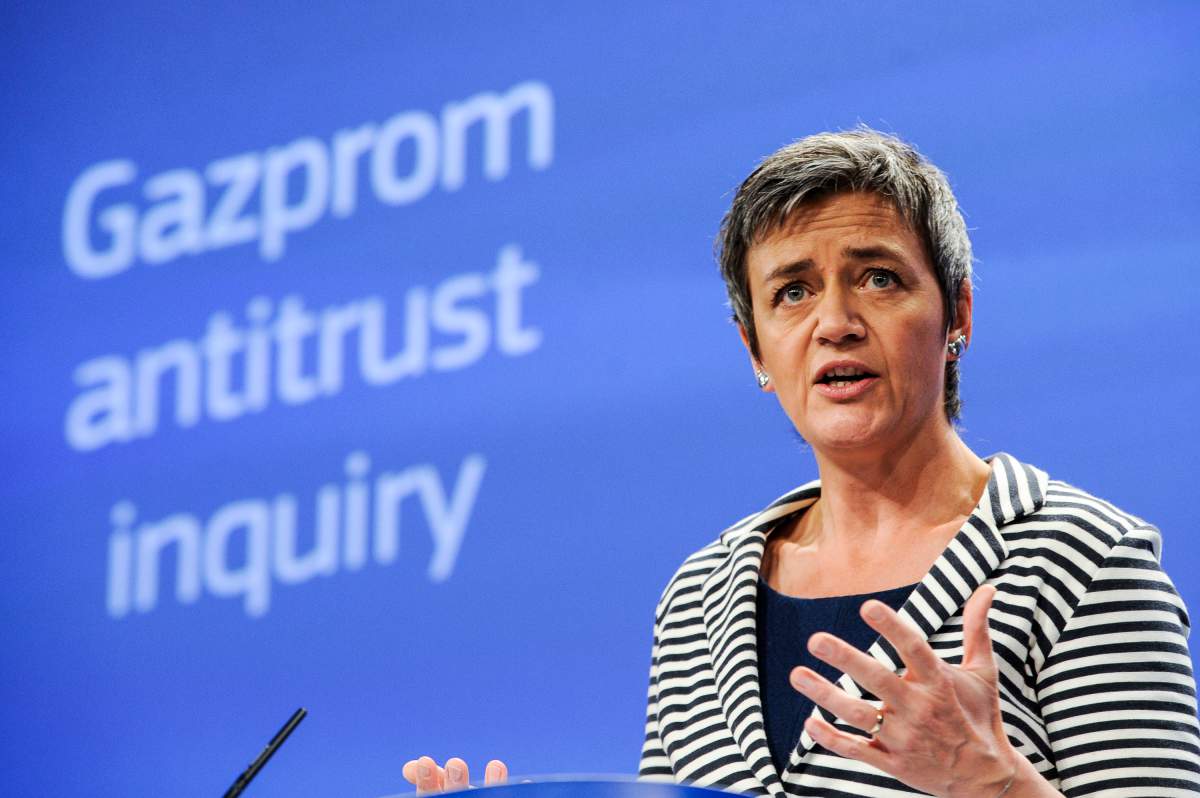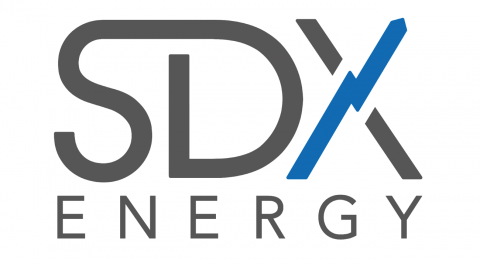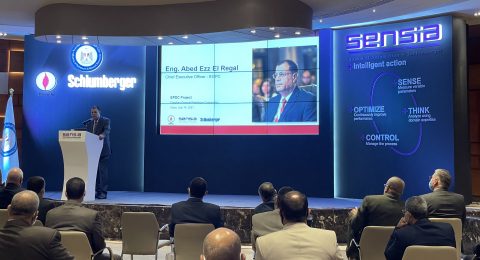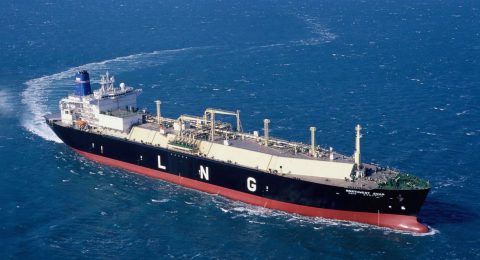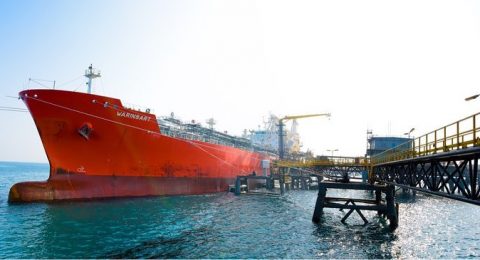Europe’s competition commissioner Margrethe Vestager is taking on some tough battles. Last week she accused US technology giant Google of abusing its dominant position in the internet search market. This week she has laid charges against Russian gas producer Gazprom over its sales practices in eastern Europe.
The EC Commission carried out dawn raids on a number of gas companies in September 2011 and opened an investigation a year later, in September 2012. On Wednesday, April 22, it filed a formal statement of objections against Gazprom over its gas sales to eastern Europe.
One of the central objections is that Gazprom acted anti-competitively by linking the price of gas to that of oil.
In fact this was standard throughout the European gas industry since its birth in the 1960s and 1970s, with suppliers including Norway, the Netherlands, Algeria and Libya all linking their prices to the oil markets. When gas production began there was no gas price on which to base the long-term contracts needed to secure infrastructure investments, and oil seemed a sensible alternative as a competitor fuel.
But the situation started to change with the development of spot gas trading hubs in northwest Europe from the late 1990s onwards, starting at the UK’s NBP market and spreading over following decades to Continental European hubs including the Dutch TTF, and Germany’s GASPOOL and NCG.
For some years there were parallel pricing mechanisms in effect in Europe. The UK largely based contracts on the spot market, while Continental Europe largely remained indexed to oil, though with growing elements of spot indexation in northwest Europe. The actual prices were fairly close in line under both systems.
But the global financial crisis of 2008 opened up a major disconnect between oil-linked and spot gas prices. Spot gas prices remained weak in Europe after 2008. The gas market, due to fixed pipeline supplies, has a large regional element, and European demand was badly hit by economic recession. There was also a boost to supply due to the unexpected boom in US shale gas production, allowing more LNG to come to Europe.
Oil prices, however, recovered more swiftly. The oil market, moving by tanker, is international, and was propelled higher by strong demand from growing economies including China and India. Political turmoil in producer countries, from the Arab Spring and other events, also kept oil markets strong.
This left importers buying gas on oil-linked deals facing higher prices than those paying at spot gas market levels.
The graph shows the Platts North West Europe Gas Contract Indicator, which models the price of a traditional, oil-linked contract formula in Europe. It can be seen that from 2008 onwards spot gas prices, shown by the Dutch TTF monthly average, have run consistently lower than the oil-link formula.
Gas import prices in western Europe gradually broke away from the oil-link to head towards spot market levels. This is evidenced by the movement in the BAFA price; data from German customs agency BAFA shows the average price of gas imported into Germany. During the period from 2010 to 2015, the BAFA price breaks away from the NWE GCI levels to align itself with the TTF price.
The move came as producers such as Norway and the Netherlands allowed increasing amounts of spot-price indexation in their sales contracts, and as major importers won discounts against their traditional oil-linked contracts that brought the prices paid to companies like Gazprom closer to spot market levels, even if the oil-link remained in the official pricing mechanism.
But in eastern Europe, where Gazprom remains the dominant supplier, access to spot gas markets was more difficult. Europe’s pipeline system was built to flow huge volumes of gas from east to west, and it has required substantial infrastructure investment to boost flows in the opposite direction from western Europe’s spot hubs to the east. Eastern Europe also lacked the LNG import facilities of western European countries such as the UK and France, limiting the opportunity for a growing source of global supply.
Eastern European countries want the lower prices seen in the west of the Continent. In fact, while the EC’s investigations have continued in the background, they have been taking their own steps to secure these. Lithuania, for example, opened an LNG import facility late last year, with a spot-gas linked import deal with Norway’s Statoil. The country’s energy minister Rokas Masiulis told a conference in London last October that this boost to the company’s bargaining hand had enabled it to win a 23% reduction on its Russian pipeline supplies. Poland’s LNG terminal is due to open later this year. Ukraine, while not in the EC, and not part of the investigation, has considerably increased its imports of western gas over the past year.
One interesting element of the debate is that the disconnect between oil-linked prices and the spot market that prompted the investigations is currently starting to close, due to the slide in global oil markets seen since mid-2014. Traditional gas sales contracts used oil prices with a six- to nine-month time lag, so the impact has been slow to feed through, but if oil prices remain at current levels, then by the end of this year the price of gas under an oil-linked deal, even without discounts, would converge with the current spot market level, as indicated by the TTF forward curve.
This is not likely to alter the EC’s determination to press ahead with charges, however, with both oil and gas markets remaining subject to change and the possibility of the gap re-opening again in years ahead.
Gazprom initially has twelve weeks to respond. The company has argued repeatedly in the past that the global oil market provides liquid and reliable price references, and that long-term contracts are vital to provide the security needed for billions of dollars of investment in upstream production facilities and associated transport networks to customers.
The company also notes that traditional contracts provided an element of volume flexibility not included in the spot gas market. Gazprom’s customers were allowed to turn their import volumes up or down within certain percentage limits to meet fluctuations in weather and demand, and this facility provided additional value not available to the purchaser of a fixed volume spot deal. Gazprom argues that forcing long-term deals down to spot market levels fails to reward this service.
A potential impact of the battle could, therefore, be seen in Europe’s flexibility, or storage market. In recent years Gazprom has in fact been one of the biggest investors in European gas storage facilities, including providing the cushion gas for, and booking capacity at, the new Bergermeer storage facility in the Netherlands, a major boost to northwest Europe’s security of supply.
While Gazprom is acting as a major provider of flexibility to the market, it has an incentive to invest in storage sites to enable it to meet its customers’ changing daily requirements. But if the company feels this service is unrewarded, it might consider reducing its flexibility offer to match spot market terms.
The result could be that the spot market would increasingly have to value flexibility instead, and traders could see growing spreads between summer and winter prices in years to come.
Source: Platts
